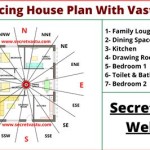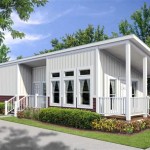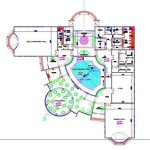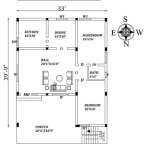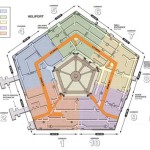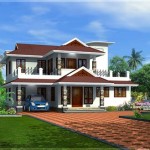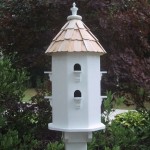Essential Considerations for Plans for a Cubby House
Building a cubby house can be an exciting and rewarding project, providing a private retreat and play space for children. However, it's imperative to carefully consider the design and construction aspects to ensure the safety, durability, and functionality of the cubby house. These essential considerations will guide you towards creating a perfect cubby house for your children.
Location and Space
The location of the cubby house plays a crucial role in its accessibility and safety. Choose a flat and well-drained area that gets ample sunlight but is also protected from excessive heat and rain. Ensure there is sufficient clearance from trees, fences, and other potential hazards. Consider the available space to determine the size of the cubby house, allowing for adequate room to move around and play.
Materials and Construction
The choice of materials will influence the durability, appearance, and cost of the cubby house. Treated timber is an excellent option for its resistance to rot and insects. Other materials such as plywood or weather-resistant plastic can also be used, depending on the budget and desired style. The construction should be sturdy and secure, with strong joints and reinforced corners. Consider using screws or bolts instead of nails for added strength.
Roofing and Ventilation
The roof provides protection from the elements and ensures proper drainage of rainwater. Choose a weatherproof material such as corrugated iron or asphalt shingles. Include adequate ventilation to prevent moisture build-up and create a comfortable interior climate. A small window or vent at the back of the cubby house allows for airflow and reduces condensation.
Windows and Doors
Windows provide light and ventilation, while the door allows easy access. Small windows can be used for safety and privacy, ensuring children are not exposed to potential hazards. The door should be large enough for children to enter and exit comfortably, and a lockable latch provides added security. Consider weather-stripping around the door and windows to prevent drafts and water leaks.
Safety Features
Safety should be paramount when designing a cubby house. Ensure the structure is stable and secure, with no protruding nails or sharp edges. Countersink all screws and bolts to prevent tripping hazards. Provide a non-slip surface on the floor and avoid using sharp or heavy objects inside the cubby house. Install handrails or a ladder if there is a raised platform or loft.
Customization and Decor
The cubby house can be personalized to reflect the child's interests. Encourage them to choose their favorite colors, paint designs, or add decorative elements. The interior can be further enhanced with cushions, blankets, and curtains to make it more cozy and inviting. Consider incorporating shelves or storage solutions for toys and books.
Maintenance and Longevity
Regular maintenance will extend the lifespan and ensure the safety of the cubby house. Inspect it periodically for any damage or deterioration, and make necessary repairs promptly. Clean the interior and exterior regularly to prevent dirt and debris buildup. Repaint or restain the exterior as needed to protect it from the elements. With proper care and maintenance, the cubby house can provide years of enjoyment for children.

How To Build The Perfect Cubby House Make A

Country Cottage Cubby House Kitwood Group Pty Ltd

Queenslander Cubby House Outdoor Playhouse Kitwood Group Pty Ltd

Top 10 Cubby House Plans In Roof Shingles For N Homes

Alpine Lodge Cubby House Kitwood Group Pty Ltd

Queenslander Cubby House Outdoor Playhouse Kitwood Group Pty Ltd

Top 10 Cubby House Plans In Roof Shingles For N Homes

Wallaby Lodge In Kitwood Group Pty Ltd

The Cubby House Build

Kettle Creek Cubby House Kitwood Group Pty Ltd

